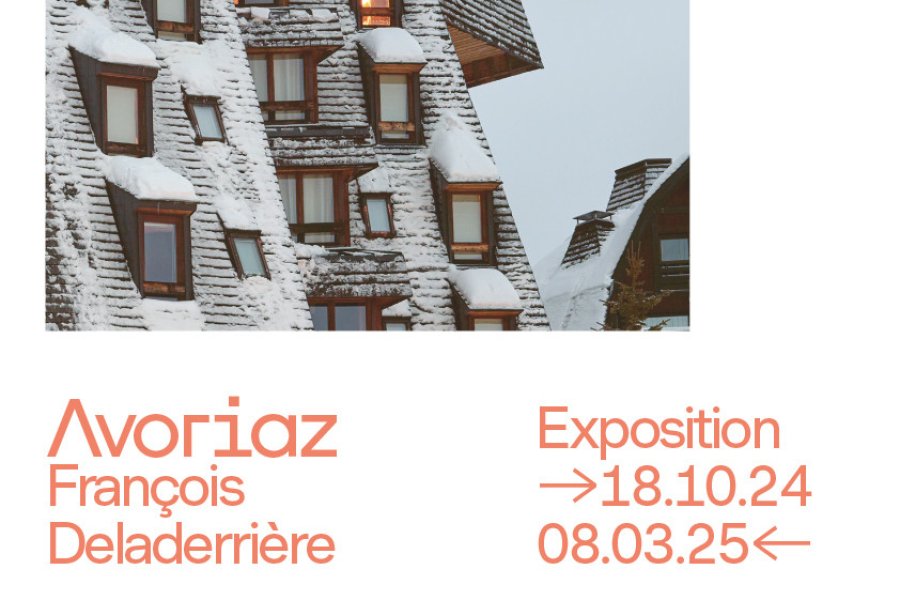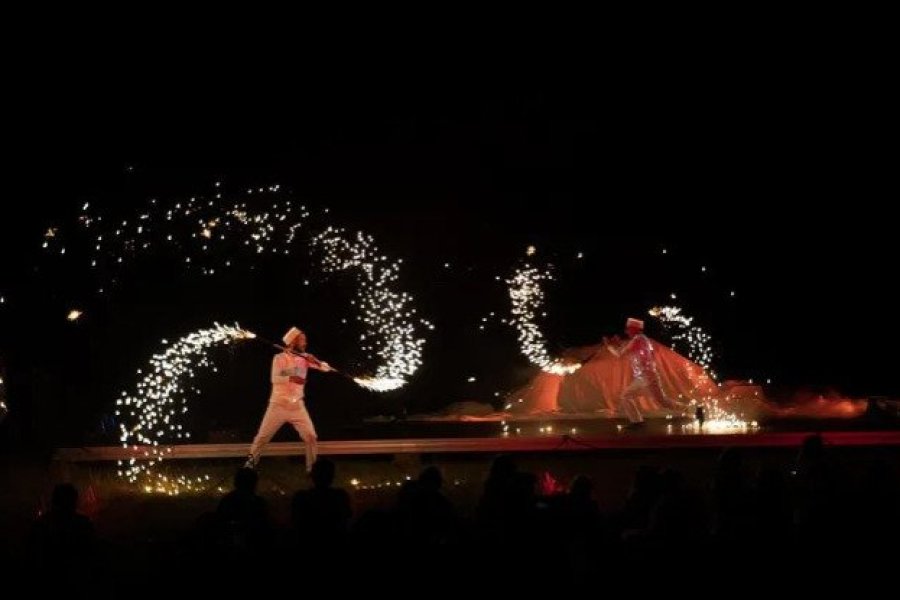
L'îlot blanc, Avoriaz
Proposed"> by L'îlot-S
From 10/18/2024 to 03/08/2025 : The audacity of Avoriaz's first projects, inaugurated in 1967 and imagined as an island suspended above a cliff, came as a huge shock. Here, ...
In the heart of the Alps, the department of Savoie is the most mountainous in France. Nearly 90% of its territory is located in mountainous areas. The massifs follow one another: Maurienne, Aravis, Tarentaise, Beaufortin, but also the Bauges, shared with Haute-Savoie, and the Chartreuse, shared with Isère. People come here to ski in a wide range of winter sports resorts, from the most exclusive, such as Courchevel or Méribel, to the most picturesque village resorts, such as La Rosière. From spring onwards, hikers enjoy reaching the summits by the high altitude trails while cyclists enjoy passing the passes. There are also walls for climbers and more confidential disciplines such as trail running or rafting. Savoie is very sporty!
In addition, there is an important architectural and cultural heritage with more than two hundred sites registered in the inventory of historical monuments: churches, chapels, administrative buildings, mansions, castles... Chambéry, the historical capital of Savoie, is particularly rich in this respect. Aix-les-Bains on the edge of its lake is a must. But the jewel remains theHautecombe Abbey (12th century) overlooking the Bourget Lake, which houses the tombs of the princes of Savoy. Savoie is also a region of cheeses, including Beaufort. And after skiing, the tradition is to share a Savoyard fondue in the chalet, by the fire, drinking a little Savoy wine. What happiness! All you have to do is consult your tourist guide to select the right addresses.
The high tourist season in Savoie is undoubtedly the winter when skiers flock to the resorts. The department has large high-altitude resorts, which provide snow early in the season and during the off-season. If you want to take advantage of advantageous rates, rent your stay outside the school holidays in all areas. Find out about traffic conditions before you go to the resort in winter after heavy snowfalls. Some access is then difficult with the risk of traffic jams. You should also know that the major road passes, including the Galibier, Iseran or Petit-Saint-Bernard, are closed for several months during the winter due to the accumulated snow. In summer, the mountain pastures are lively and keep a freshness appreciated when the heat wave rages in the valley. Hikers cross the herds, marmots whistle, eagles swirl in the sky, it is a shared mountain that we enjoy. An atmosphere quite different from that of the white winter when you make your mark... Stock up on beaufort d'alpage, a seasonal cheese with a unique flavour. For the rest, all year round you can visit the Savoyard cities - Chambéry, Aix-les-Bains - to enjoy their casual atmosphere and rich heritage. In Aix-les-Bains, the thermal season is open almost all year round (closing in December and January).
With an average altitude of 1,500 metres, Savoie has a mountain climate, although it is affected by oceanic, continental and Mediterranean influences, and spatial differences create many local climates, depending on the slopes, basins... The eastern part of Savoie experiences heavy snowfalls in winter. At Mont-Cenis the foehn blows. The Bauges and the Chartreuse are particularly humid, while the Maurienne valley is renowned for its sunshine.

Proposed"> by L'îlot-S
From 10/18/2024 to 03/08/2025 : The audacity of Avoriaz's first projects, inaugurated in 1967 and imagined as an island suspended above a cliff, came as a huge shock. Here, ...

Recommended by Tanguy REVAULT
Vulcania's summer entertainment program is once again packed with highlights. An invitation to search for minerals, an open-air digital ...

Recommended by Tanguy REVAULT
Les Nocturnes are back for the fourth year running at the summit of the Puy de Dôme. Like last year, the evenings are booked in advance for the ...